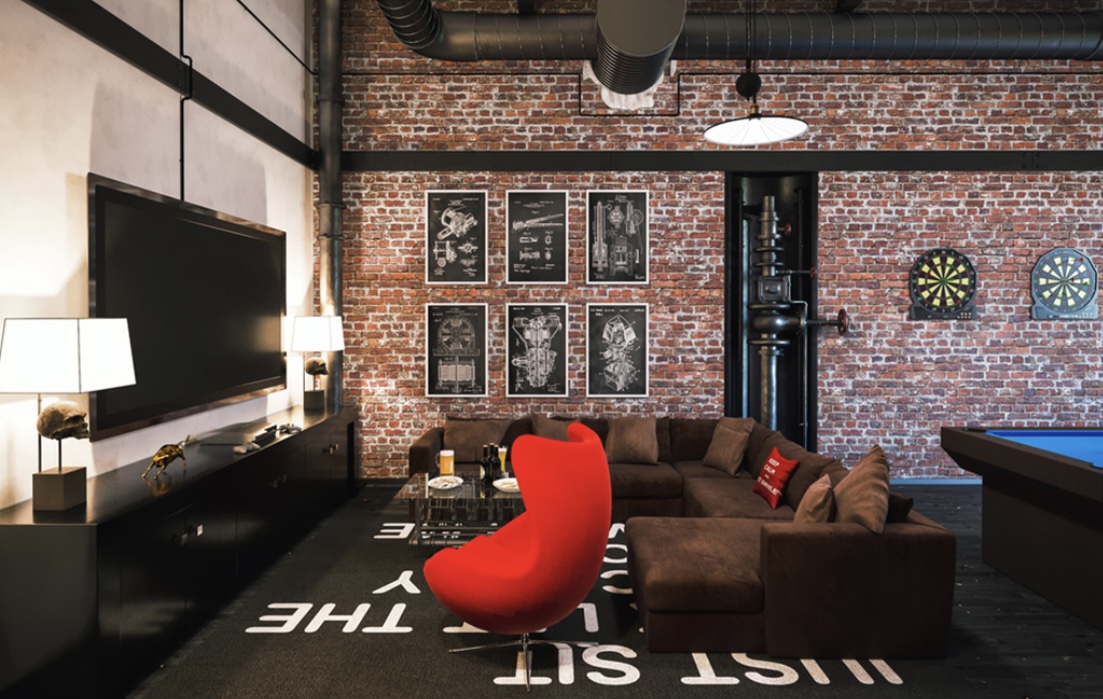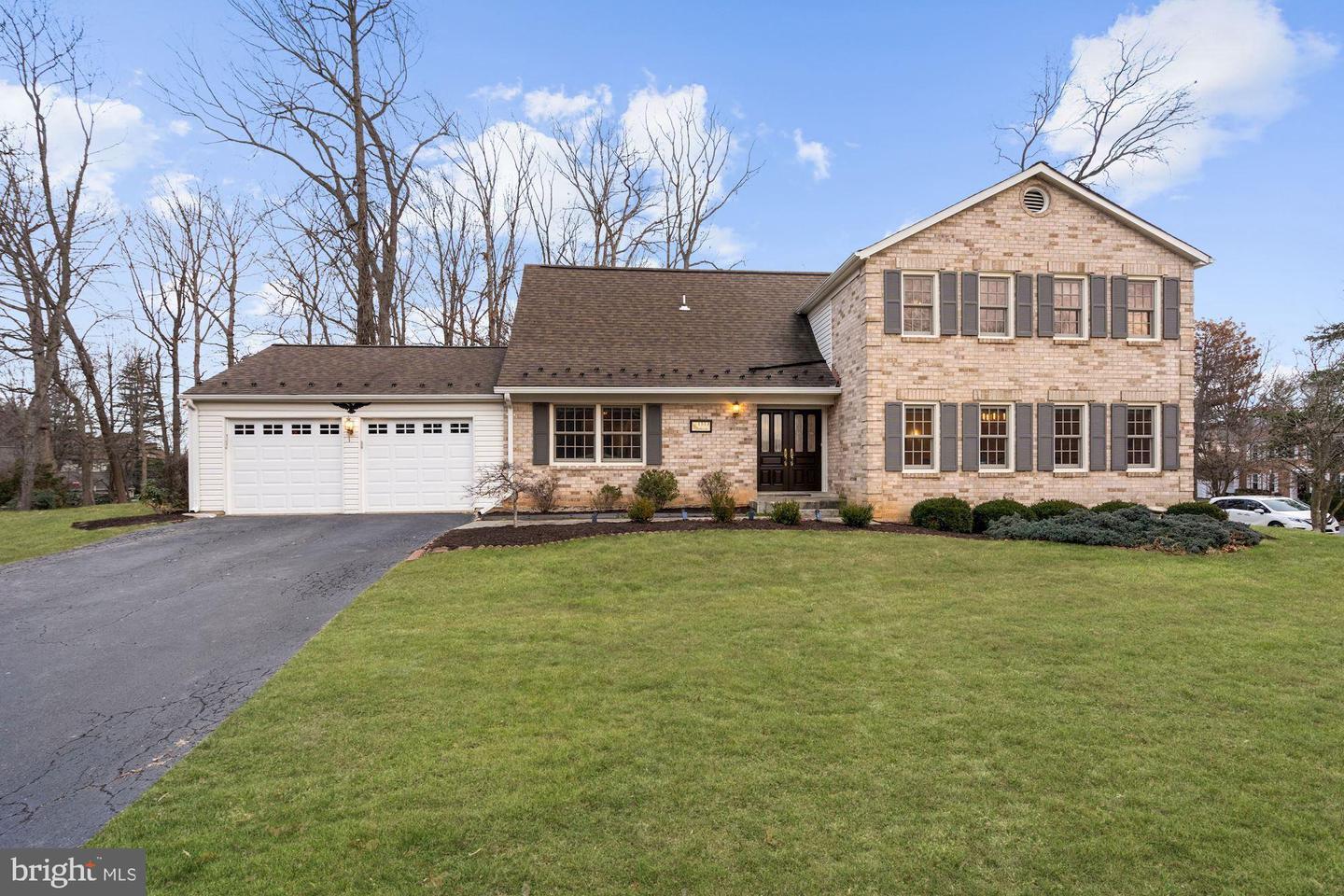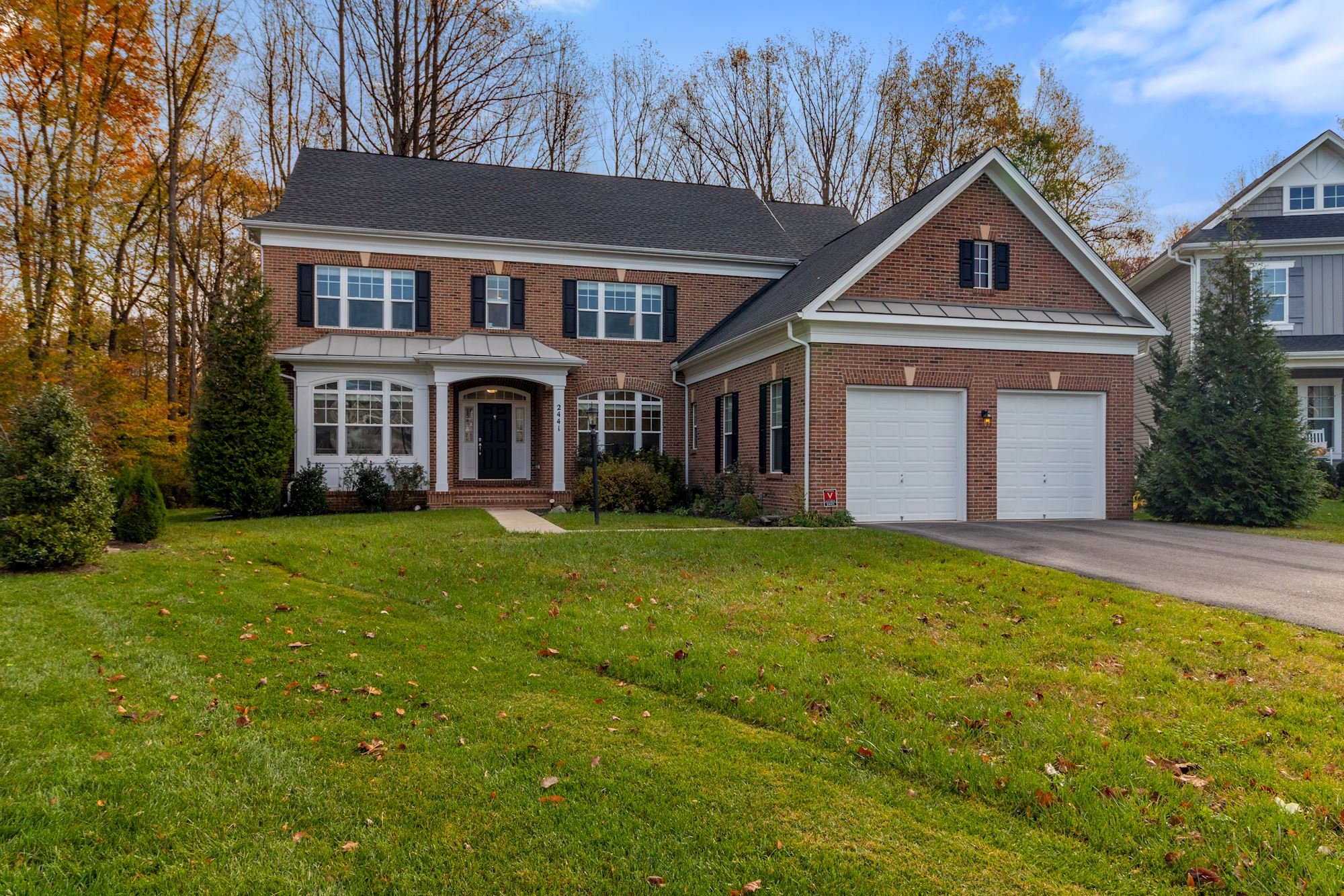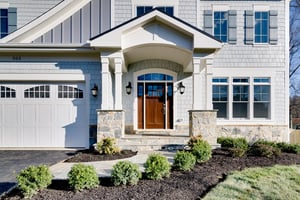 Let’s suppose you’re a homeowner who wants to get rid of their hideous master bathroom by remodeling it completely. But the catch is that you can’t afford it. Since this is a project that’ll cost you around $8000-$9500, squeezing this much amount from your budget is not possible right now.
Let’s suppose you’re a homeowner who wants to get rid of their hideous master bathroom by remodeling it completely. But the catch is that you can’t afford it. Since this is a project that’ll cost you around $8000-$9500, squeezing this much amount from your budget is not possible right now.
You give up on your idea of remodeling and start living with the existing bathroom. Then, one day, you receive a letter from your bank, offering you a chance to start a Home Equity Line of Credit (HELOC). The letter says that you can get up to $35,000 in cash for a 5% interest by tapping the value of your home.
You tell yourself, ‘Hey! This is what I was looking for.' But deep down, you know it seems too good to be true. There must be a catch! Is borrowing money against your home a good idea? Before you think any further, let us help you explain how things work for a HELOC.
How Does a HELOC Work?
When you decide to move ahead with a HELOC, you are agreeing to borrow from the bank by keeping your home as collateral. The HELOCs are different from other loan types because they allow you constant access to a pool of cash. Moreover, unlike other loans, you don't borrow a fixed amount and back it back after a specific time-frame.
The home equity line of credit is somewhat like a credit card with a time limit! You can borrow any amount while staying in the credit limit and pay the balance back. Once paid, you can again tap into the pool and take out more cash. However, HELOCs come with a time limit. They have a certain ‘draw period,' usually 5 to 10 years, during which you can draw out money.
Usually, a HELOC is called a "second mortgage," which is misleading at the time because you can take out money of a home even if that home is fully paid off. HELOC offers you money even if your house is on a mortgage. On the other hand, if you need funds, you can also go down the route of Home Equity Loan.
Why Use a HELOC?
Most homeowners use HELOCs to pay for repairs or renovations. Spending money on making improvements helps because it adds to the value of the home. On the other hand, homeowners are seen using a HELOC for the following reasons:
- Paying for college.
- Buying a luxury item that gains value in the long run.
- Buying a car.
- Making a down payment on the second property.
- Taking care of credit card debt.
- As a last resort to avert a financial crisis.
A negative use of a HELOC is to use is for your daily needs. If you are surviving over borrowed money, you should strive to regain control of your financial situation. Unless you don't take action to fix it, you won't be able to pay off the loan when its due.
How Much Money Can You Borrow?
The term equity in the HELOC dictates the amount of money you can borrow. That further leads to two deciding factors: the worth of your home and how much mortgage you still owe. Usually, the limit on a HELOC is 75% to 85% of your home value, minus the mortgage balance.
For instance, if your home is worth $410,000, and you have $270,000 left on the mortgage. And your bank offers you a HELOC on 80%, i.e., $328,000 of the home's value. By subtracting the mortgage that's due, you will get the maximum limit of $58,000 on your line of credit.
However, the bank will not lend you this much before making sure if you could pay back the loan. To figure this out, the bank will look at your income, check your credit rating, and other financial obligations. It will give the bank a good idea of how much money they can offer to you for borrowing.
Wrap-up: Looking at the Interest Rates for HELOCs
Typically, HELOCs are variable interest loans. They are often referred to as adjustable-rate loans. It means that the interest rate is linked with an index set by the Federal Reserve, and it moves up and down along with it. Usually, a bank charges you the index amount and a margin. It looks something like this, "prime plus 2%," where prime is the US Prime Rate.
An issue with using an adjustable-rate loan is that the payments rise with the interest rates. For example, if the Prime Rate is 3%, a HELOC with a rate of Prime plus 2% has a total APR of 5%. Meaning if you borrow $10,000, you'll be paying $50 per month. However, if the rate shoots up to 10%, you'll be spending around $100 each month.
Fortunately, there’s a cap on the interest rate on HELOC. For instance, if it is set at 12%, it won’t go above it – even if the prime rises to 15% or more.
Have questions about home loans and mortgages? Contact our preferred lender at the John Pyne Team!
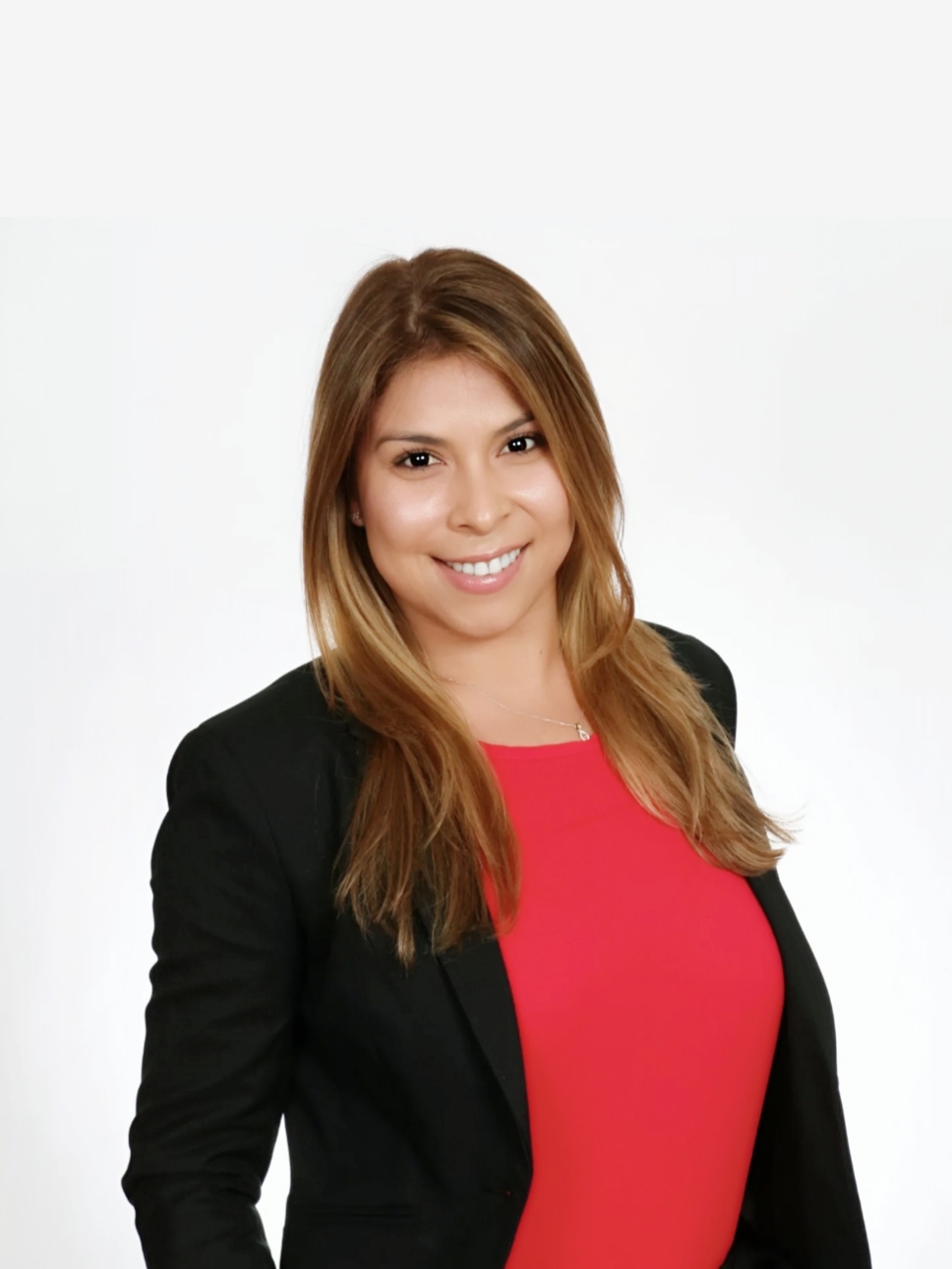
Isabel Machuca
Since 2008, Isabel has helped both buyers and sellers accomplish their real estate goals. Growing up in Vienna, Isabel has vast local knowledge about the DC metro market and has enjoyed growing her network and building relationships with . Her love for real estate and passion for guiding people through the process makes her a an excellent asset to the Glass House team.



